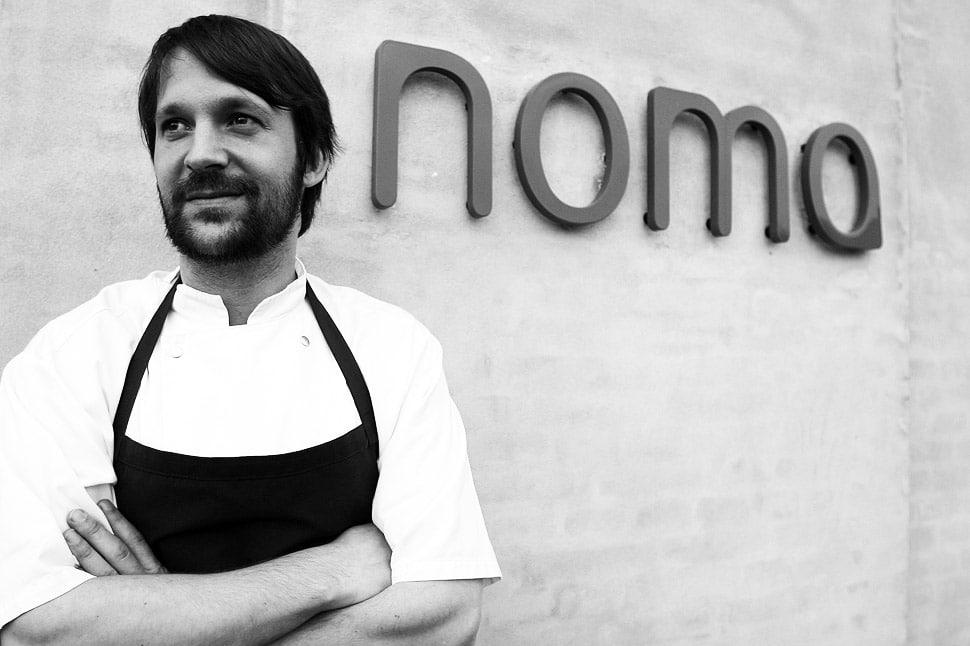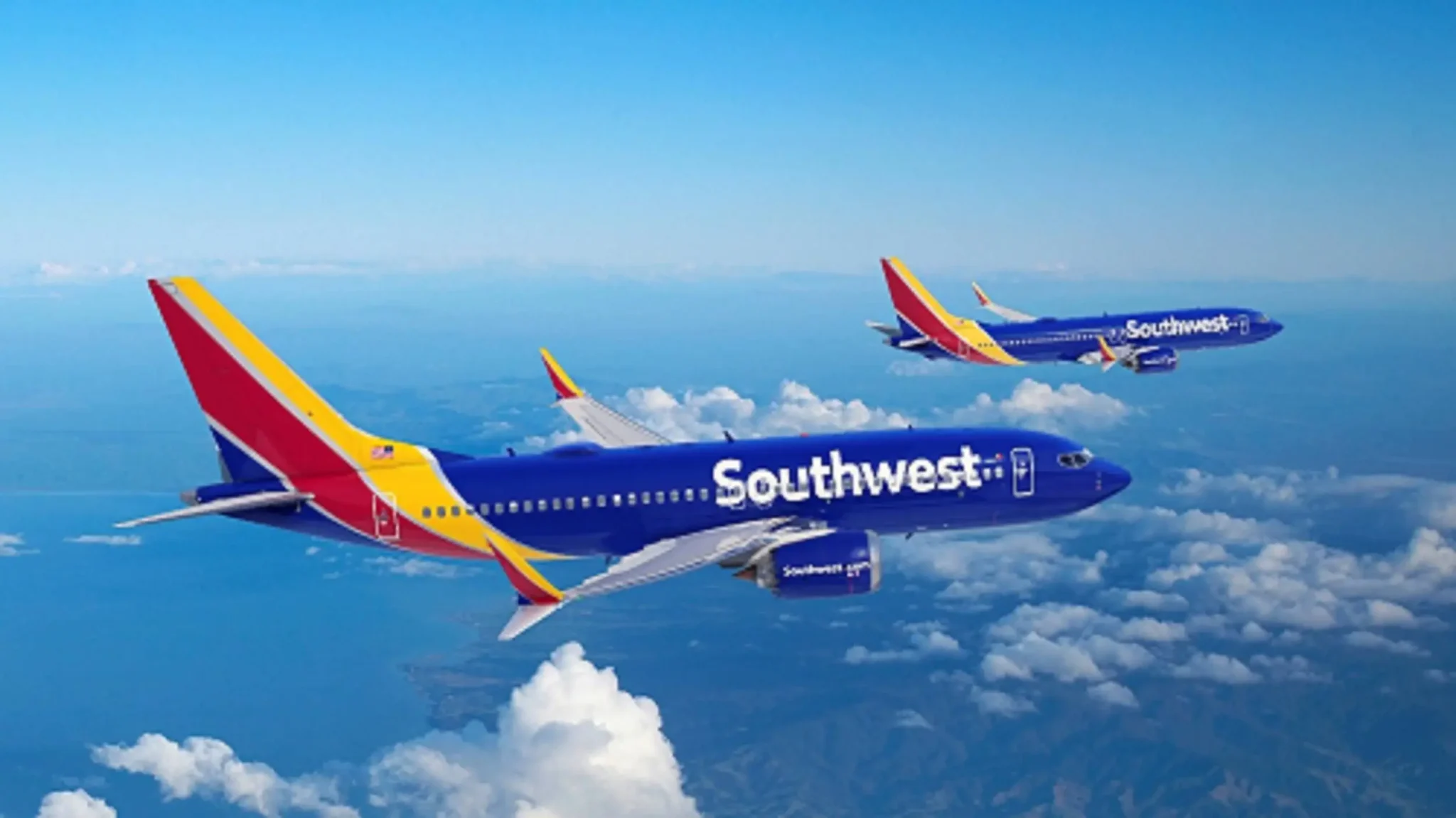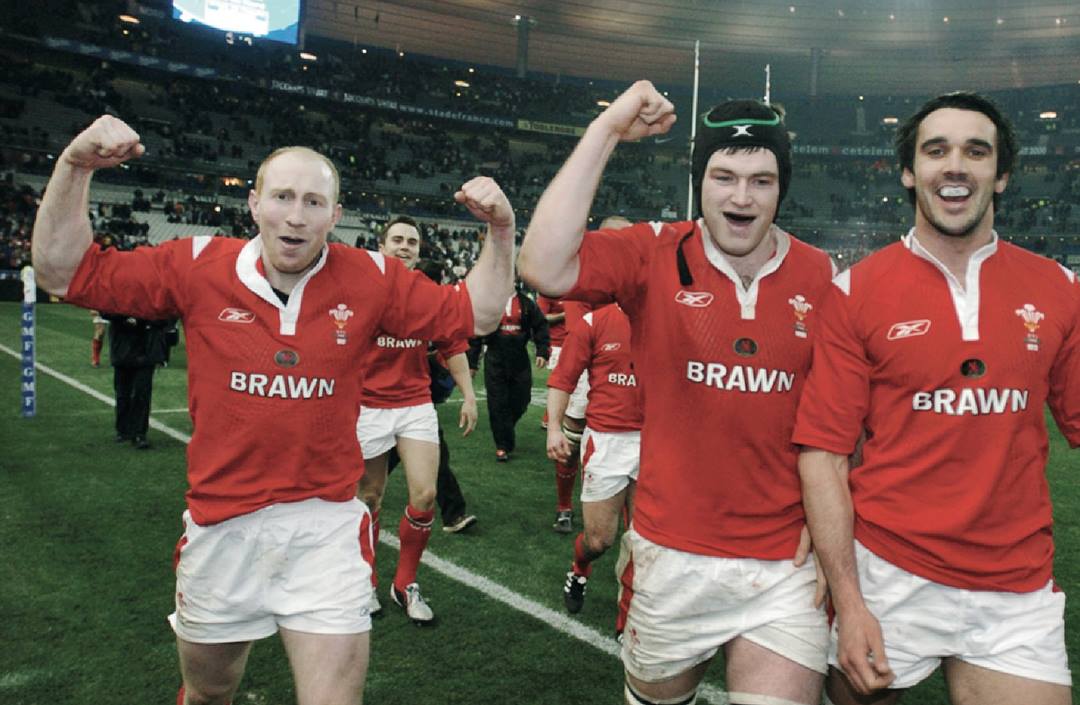At Noma in Copenhagen, René Redzepi restricts himself to using ingredients that grow in Nordic countries even there vegetation barely grows due to the cold weather. The result is that Redzepi works with ingredients other chefs wouldn’t think of touching – rotten seaweed, red ants, and fried fish scales – to create a menu of unexpected flavours diners can’t find elsewhere. As Redzepi says, “the best discoveries are hidden somewhere in insanity.”
Joy of constraints
Forget creative freedom – the best ideas come from restrictions.
In the early days, Southwest Airlines had to sell one of their planes or face bankruptcy. Noticing that the average gate turnaround time was about 60 minutes, they would be able to fly all their current routes with one less plane they if they could shrink their gate turnaround time from 60 minutes to 10 minutes. So they developed a radical new boarding process with no assigned seating, and in doing so revolutionised the airline industry.
In Canada, cannabis sales are legal but retailers can’t display related products in advertising. So cannabis chain Stok’d created an ad campaign based around the neighbouring businesses of its stores that featured not-so-subtle nods to its address. “If you’re looking for the dopest nails in town, she says, you should visit NuNail beauty spa.” In store sales increased by 8% after the campaign was aired.
With the goal of ‘putting glamour back in the sky’ but with insufficient money to launch a traditional advertising campaign, Virgin Airlines used the plane itself as a source of publicity; hosting a Victoria Secret’s pyjama party during a flight, and featuring an advanced screening of the HBO TV show Entourage. The constraint brought originality and freshness that a normal campaign would have lacked.
When the Welsh rugby team played France they had just signed a new shirt sponsor: the ale Brains. Unfortunately, French law meant you couldn’t advertise booze on the shirts – so they changed the logo from Brains to Brawn, all in the same recognisable font.





